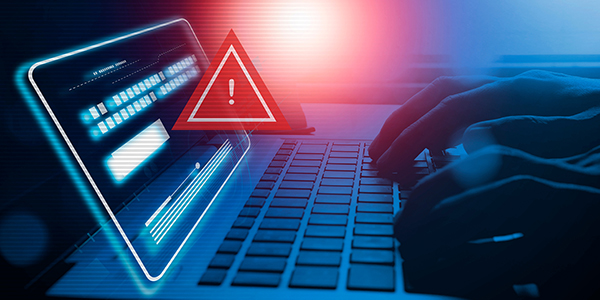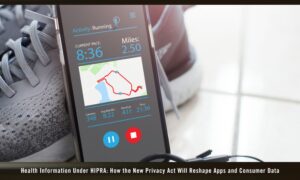Simple Actions Can Help Thwart Cybercrime
Cyber attacks are on the rise globally, with a 30% increase in weekly attacks on corporate networks reported in the second quarter of 2024. Cybercriminals often gain access because employees overlook essential online safety practices.
Here are four key steps individuals can take to reduce the risk of cyberattacks at work and home:
- Use strong passwords
- Enable multi-factor authentication
- Identify and report phishing attacks
- Regularly update software
Read on for more insights and recommendations that align with CISA’s (Cybersecurity & Infrastructure Security Agency) cybersecurity awareness program.
Your Password Could Be a Hacker’s Key
Reusing passwords? You’re not alone—65% of people do it. When you reuse a password across multiple sites, one breach can make ALL your accounts—personal and work—vulnerable.
Here’s why it matters:
- 81% of hacking-related breaches involve weak or stolen passwords. Don’t be a victim. Watch this CISA video for tips: Stop Online Crime with Strong Passwords
- Reusing passwords makes it easy for hackers to access your accounts. Use a password manager to create unique, strong passwords for each account. Learn more.
- How hackers cracked 73% of passwords during a test: Read about it on the PrivaPlan blog.
Secure Your Accounts: MFA Lowers Hack Risk by 99%
According to Microsoft, using multi-factor authentication (MFA) makes you 99% less likely to get hacked. Even if your password is compromised through phishing, MFA adds a critical extra layer of protection by requiring two or more credentials to verify your identity.
Here are some helpful resources on MFA:
- How two-step verification protects You: Learn more here.
- Simple MFA Setup: Watch this 1-minute video from CISA.
- MFA Explained: Download the MFA Fact Sheet
You Have the Power to Stop Phishing Attacks
Did you know that 90% of successful cyberattacks start with someone clicking through on a phishing email?
According to Proofpoint’s 2024 State of the Phish survey, 71% of working adults admit to clicking links from unknown senders or sharing credentials with untrustworthy sources. In today’s fast-paced world, convenience is often prioritized over security. Think before you click, even if it takes a little more time.
Check out these resources to help protect yourself and your organization:
- Avoid phishing scams: A quick video from CISA to boost your awareness.
- Phishing has evolved from just emails. Learn about all types of phishing attacks.
Stop Hackers at the Door: Update Your Software Regularly
Did you know that, according to the National Cybersecurity Alliance, only 36% of people regularly install software updates? That means the majority—64%—are wide open to cyber threats.
Outdated software opens the door for hackers, making it easy for them to access personal information or corrupt data. It’s worth taking the time to install those updates when you get notified that they’re available.
Check out these resources:
- 4 easy-to-remember tips for updating software.
- Stay safe by updating your software: video.
Jump Start Your Security Awareness Today!
Our Managed Phishing Testing & Cybersecurity Awareness Training service will help you navigate the complex world of cybersecurity.




